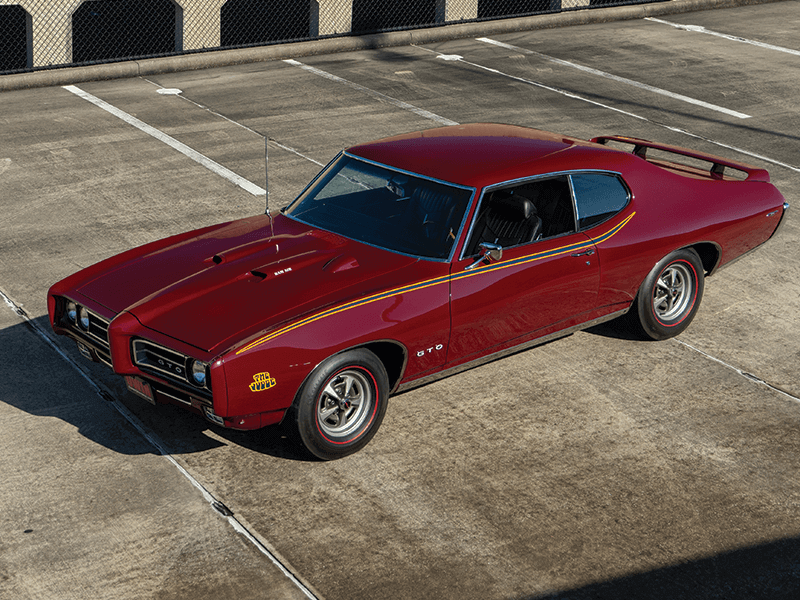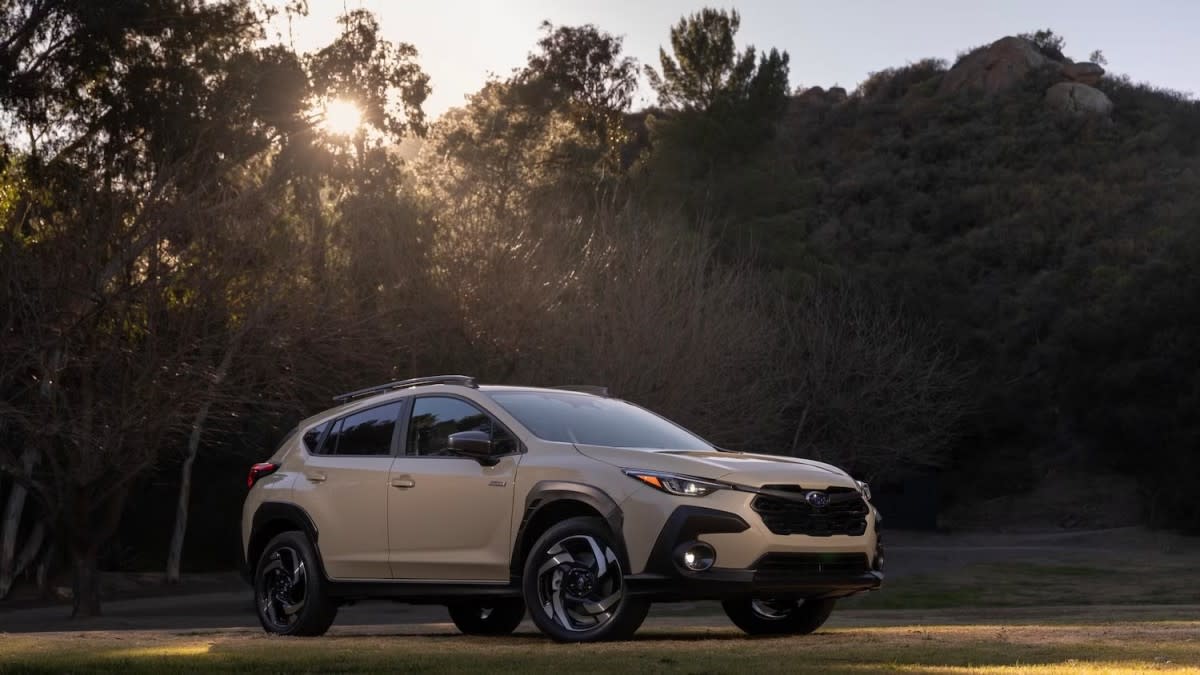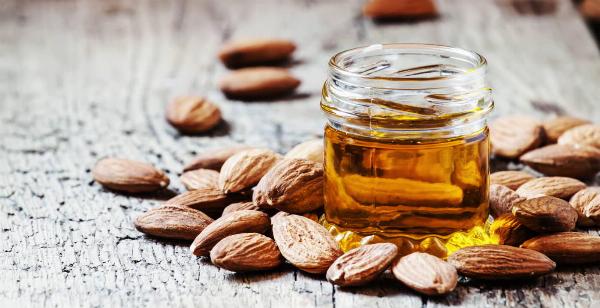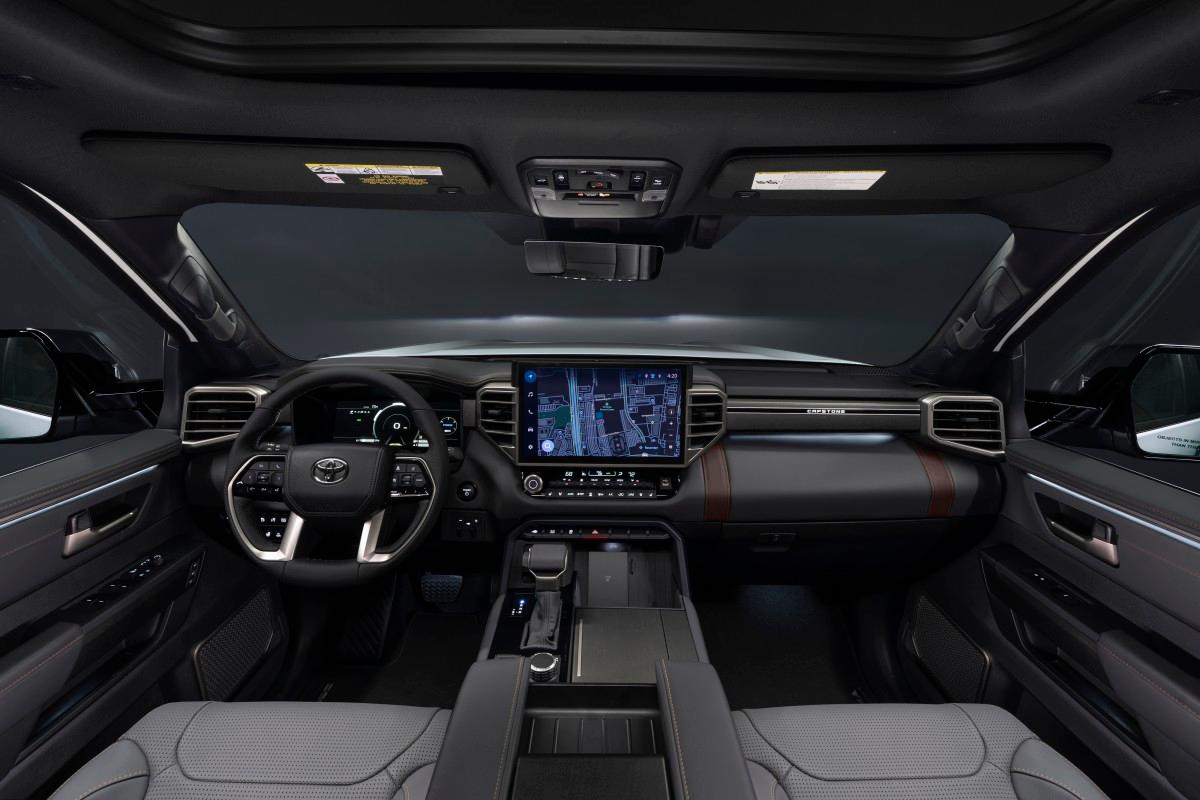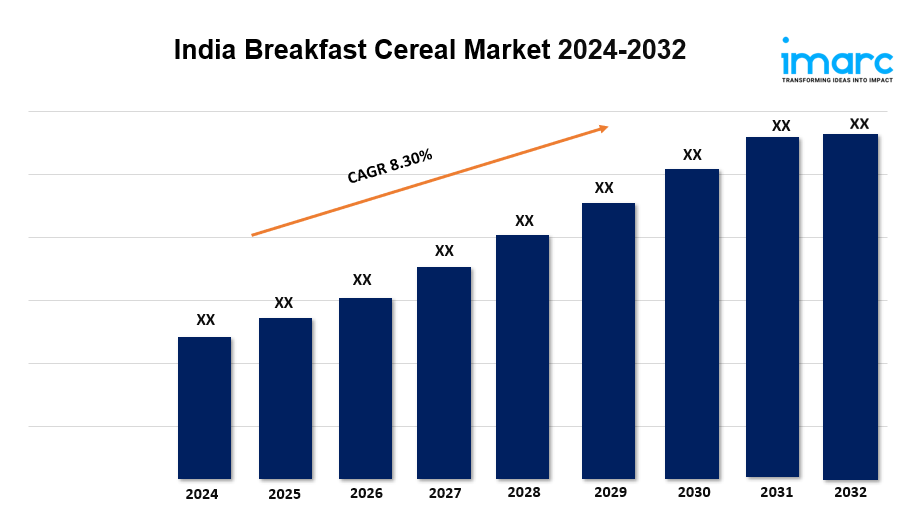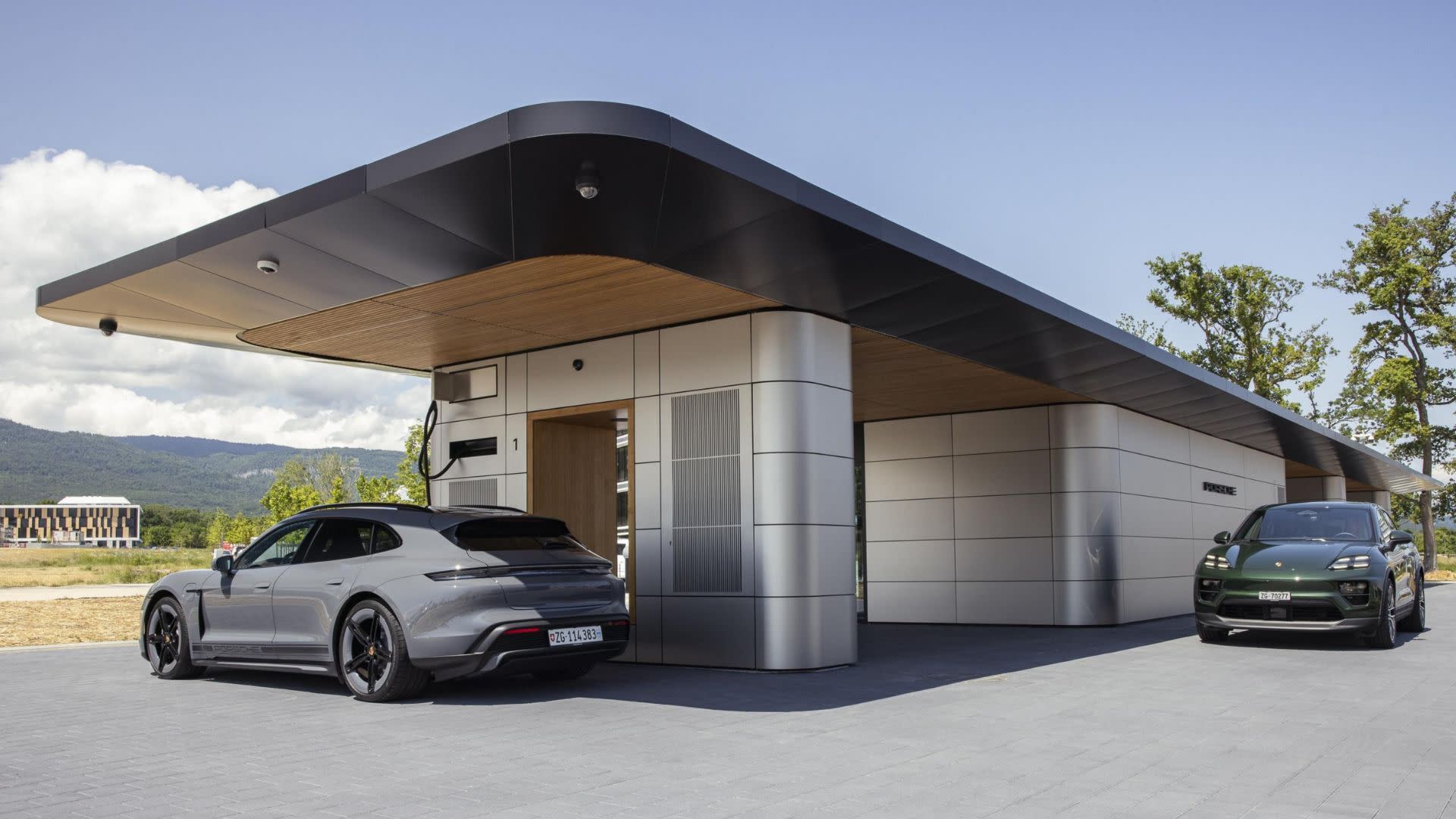Collector Car Market Continues Its Slide; Experts Warn of Further Risks
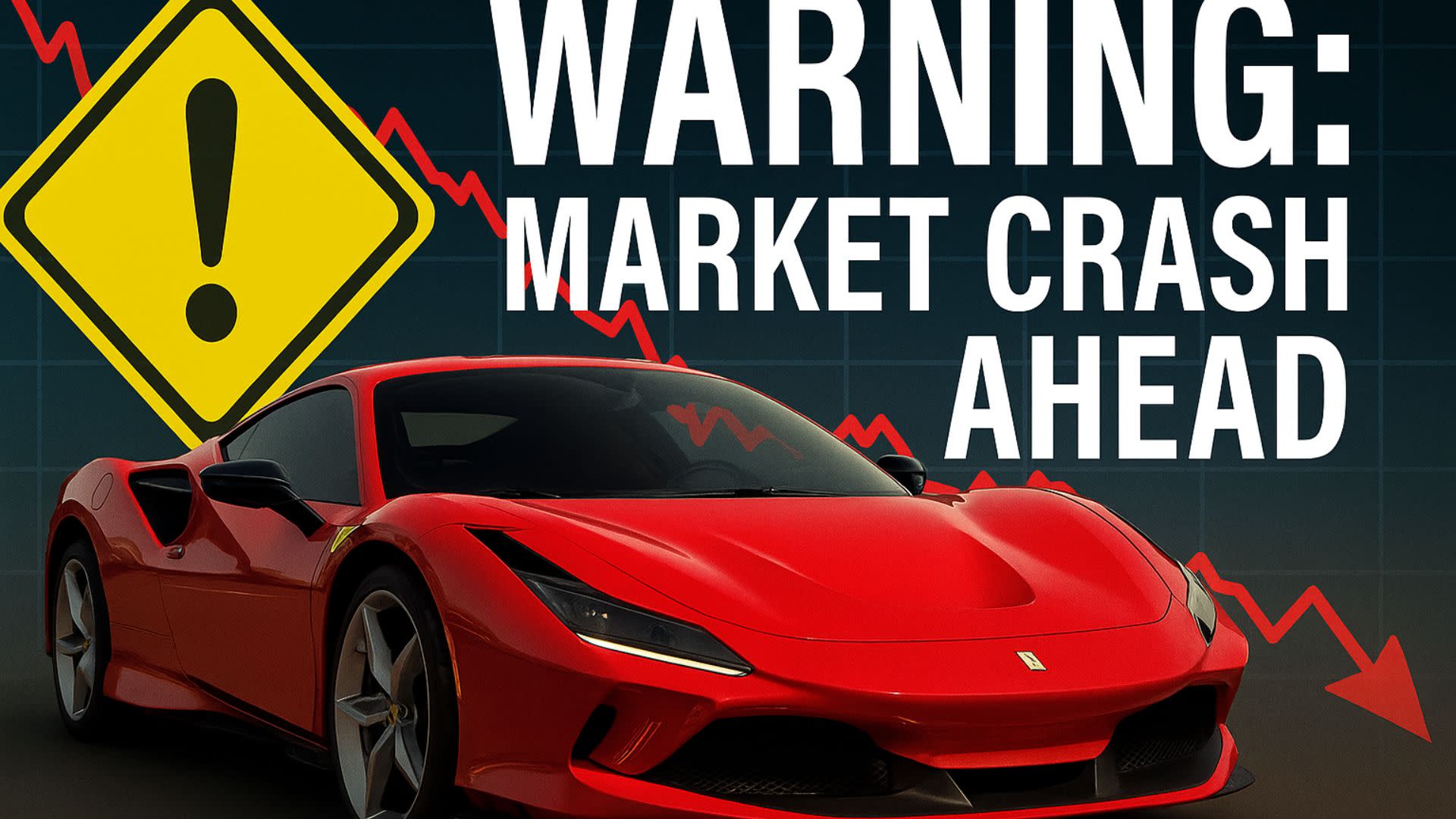
Read the full story on Modern Car Collector
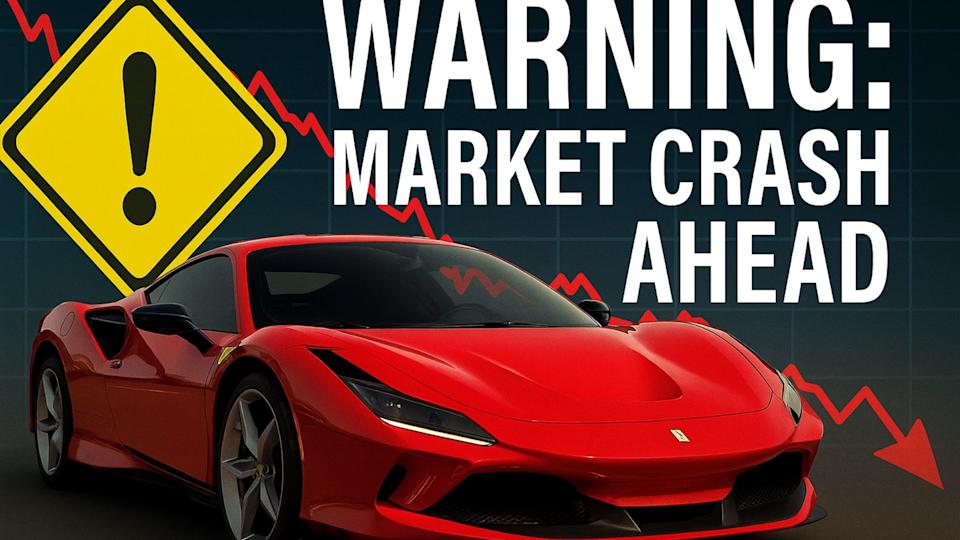 Collector Car Market Continues Its Slide; Experts Warn of Further Risks
Collector Car Market Continues Its Slide; Experts Warn of Further RisksThe collector car market has cooled significantly following a month-long pause, with the Hagerty Market Rating now hovering in the high 50s. The latest reading of 59.82, down 0.45 points, signals the first sustained drop into “flat” territory in nearly five years. The broader Hagerty Market Index, which tracks long-term trends, has fallen steadily—declining in 28 of the past 30 months and currently down 16% from its late-2022 peak .
As the summer auction season unfolds, activity is subdued. Although around 5,000 sales continue each month, the total number of cars sold has declined for the first time this year. Median auction prices have fallen for 26 consecutive months, now resting at a nominal $27,300. Adjusted for inflation, this holds steady, offering little comfort to sellers .
Private-party transactions offer a glimmer of hope, with average sale prices nudging upward—outpacing inflation—even as only about 38% of cars sell above their insured values, marking a four-year low.
This shift in the collector car ecosystem reflects broader economic pressures: high interest rates, inflation, and cautious buyer sentiment. Market-watchers estimate that both buyers and sellers are re-evaluating expectations, with few listings exceeding their upper auction estimates and most selling below reserves.
Protecting Yourself if the Market Crashes
With the collector car market showing signs of serious cooling, longtime owners and speculators should prepare for the possibility of a deeper downturn. Here’s how to safeguard your passion and investment:
Know Your Market
Track key indicators: Hagerty Market Rating, Auction Median Price, Private Sale Metrics.
Be alert when annualized declines exceed 5%.
Avoid Emotional Buying
Focus on cars you enjoy, not just high-value collectibles.
Save bidding wars for rare “blue-chip” models, not everyday classics.
Set Valuation Limits
Establish maximum prices based on recent private-party transactions—not high-tier auction results.
Never chase peak pricing in a falling market.
Ensure Liquidity
Avoid over-leveraging or depending on rising car values to fund future needs.
Maintain an emergency fund separate from your car investment.
Prioritize Maintenance Over Restoration
In downturn conditions, allocate funds for upkeep, not cosmetic restorations that rarely recoup costs.
Consider Insurance Adjustments
Re-evaluate insured values regularly—especially amid inflated valuations.
Hagerty data suggest fewer increases, so ensure premiums match realistic replacement costs.
Time the Sale Strategically
Selling near hobby events or major auctions can help—but avoid listing during low-activity months.
A sharper market dip may require patience; aggressive pricing may be necessary.
Diversify Your Portfolio
If your collector car represents more than 10% of your net assets, it’s time to reassess.
Spread investments across classic, performance, and modern collectible tiers.
Prepare for Worst-Case Scenarios
If a market crash occurs, consider protecting your upside by downsizing to more affordable models with stable demand.
Embrace Enthusiast Community
Enjoy your car, attend clubs, drive seasons—passion-based ownership is the greatest hedge against volatility.
Bottom Line:Collector car owners face a maturing and cooling market. By tracking trends, valuing wisely, maintaining liquidity, and staying grounded in passion over speculation, enthusiasts can not only survive—but thrive—even if prices slide further.
Follow us on Facebook and Twitter



